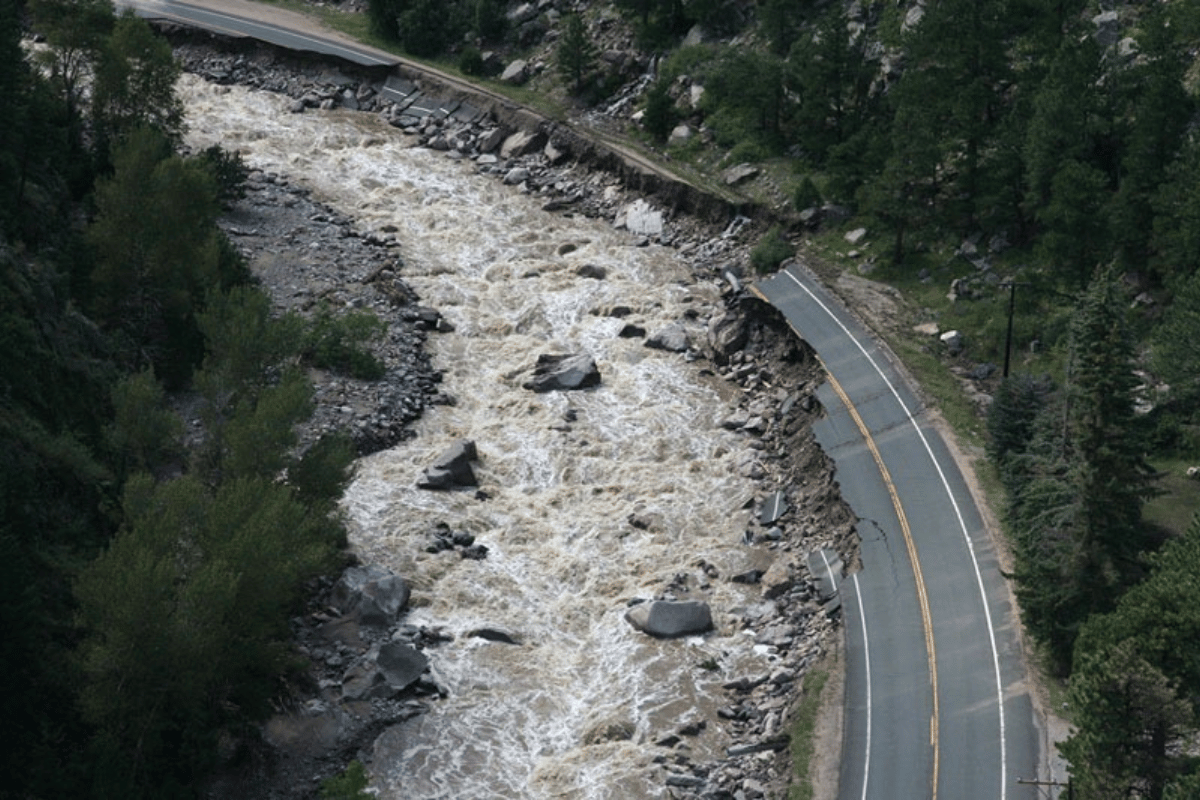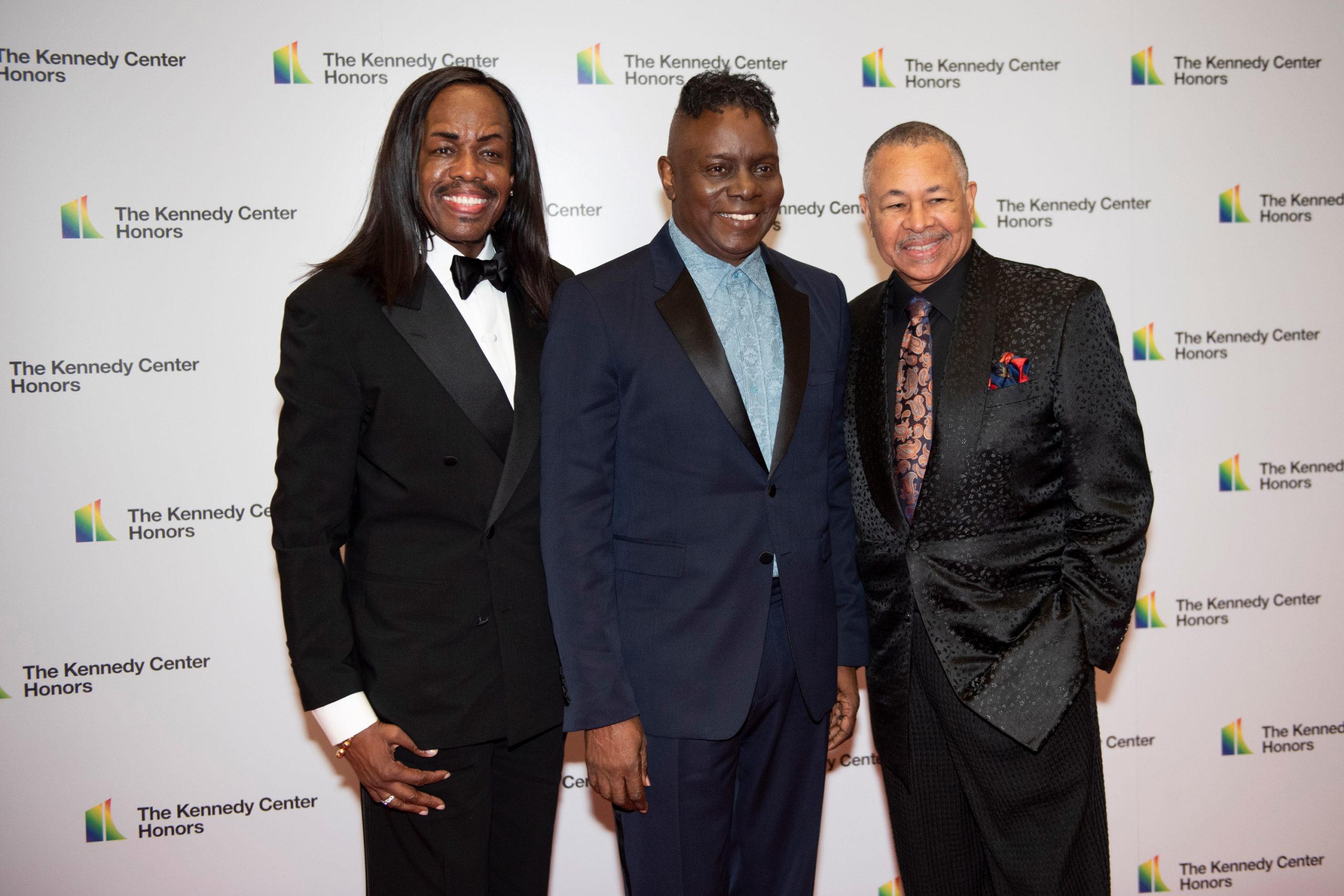
This story is part of a reporting project to understand public art and arts funding in Colorado and the impact that these programs have.
Denver’s blue bear, the Colorado Symphony and even the Hollywood blockbuster “The Hateful Eight” all contribute to Colorado’s cultural identity. And each of them exists in part because of your tax dollars.
We’re on a quest to understand how public art programs and other cultural initiatives work and how they benefit from this money. That's in part because voters will make decisions about arts funding on the November ballot. This fall, seven metro counties will choose whether to amend and extend the Scientific and Cultural Facilities District. And this cultural tax recently inspired a movement in Northern Colorado that pushes for a similar measure.
There’s a lot of nuance on what governs these programs and how your tax dollars get distributed to artists and cultural organizations. So we’ve broken down how public funding works for three arts programs in Colorado.
The Scientific and Cultural Facilities District
This fund -- known as SCFD -- comes from a 0.1 percent sales and use tax. That means when you buy groceries, clothes or gas, one cent from every $10 purchase goes to SCFD.
Denver-area voters first approved SCFD in 1988. Since then, the cultural tax has handed out more than $900 million to a few hundred organizations across seven counties. That includes groups both big and small, from the Denver Zoo to the Theater Company of Lafayette.
SCFD gets reauthorized every 10 to 12 years through a vote. But big changes to the tax district must first get legislative approval. That happened earlier this year. And now voters will decide on the next SCFD renewal on Tuesday, Nov. 8, 2016.
Colorado’s Film Incentives Program
In 2012, Colorado lawmakers passed a bill that aimed to build the state’s film industry and also attract outside production companies to shoot here. The measure provides a rebate to qualifying projects through the Colorado Office of Film, Television and Media’s film incentive program.
A statute earmarks $500,000 from gaming funds each year for the program. Any additional money comes from the state’s general fund, which is generated from taxes. Colorado lawmakers decide each year how much to allocate for film incentives when they finalize the state’s budget and divide discretionary funds. They approved $3 million in 2015 and again for this upcoming fiscal year, which starts July 1.
The Colorado Economic Development Commission has to sign off on any projects before they receive funding. To qualify, films, TV shows and commercials must hire at least half their cast and crew in state. Colorado production companies must spend at least $100,000. Out-of-state companies have to spend at least $1 million. And after they’re finished, approved projects that meet the requirements get back 20 percent of what they spent in the state.
Denver’s Public Art Program
In 1988, then Denver Mayor Federico Peña led the charge to establish the city’s Public Art Program as an executive order. Denver City Council later enacted it as an ordinance in 1991 under the leadership of then Mayor Wellington Webb.
This law requires that when the city takes on a capital improvement project that costs more $1 million, one percent of the budget goes to art. So when construction is done at places like parks, rec centers and the Denver International Airport, a small fraction of money is set aside for say a sculpture, a light installation or even a performance. The cost of projects ranges from around $10,000 to more than $1 million.
What do you think about using public money -- your tax dollars -- to support art in your community? Share your thoughts with us on in the comment section below or on Facebook and Twitter.









